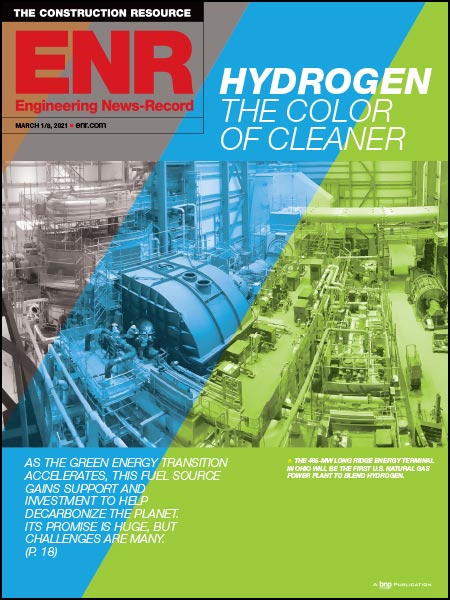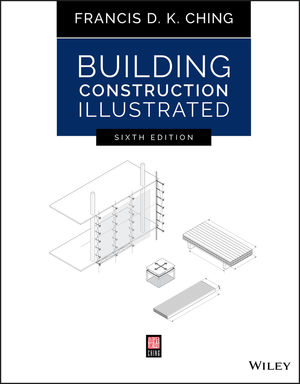More than 25,000 Twitter users participated in a Nov. 18 Twitter chat, hosted by the American Concrete Institute, to ask questions about the group's revised "Formwork for Concrete" manual, which was published last month.
Topics "discussed" included polyvinyl chloride formwork; safety design of formwork; new content in the manual; the latest load and materials standards; and the benefits students can gain from the manual, says ACI. "The objectives of the manual, through many editions, are to support quality, safety and economy," says David W. Johnston, pro bono author of the concrete manual's eighth edition.
Half the cost of a concrete structure is the formwork, says Johnston, a professor emeritus of construction engineering at North Carolina State University and a member of the ACI Committee 347, which produced the manual. "Planning of formwork deserves engineering effort similar to the design of the structure," Johnston says.
The 500-page-plus manual, which costs $149 for ACI members and $249.50 for others, has new chapters on formed concrete surface quality, shoring and floor loads in multi-story structures, and bridge forms.
Going forward, the committee will focus on recommendations for calculating pressures on formwork with self-consolidating concrete, more widely used in the past decade. Because this type of concrete is more flowable than conventional concrete, "the behavior of the mix, in terms of pressures, is entirely different," says Johnston. For walls and columns, a high head of pressure builds up, he explains.
The manual was last updated in 2005. The first edition was published in 1963.
Conversations from the Twitter chat can be found by searching #Formwork on Twitter.







